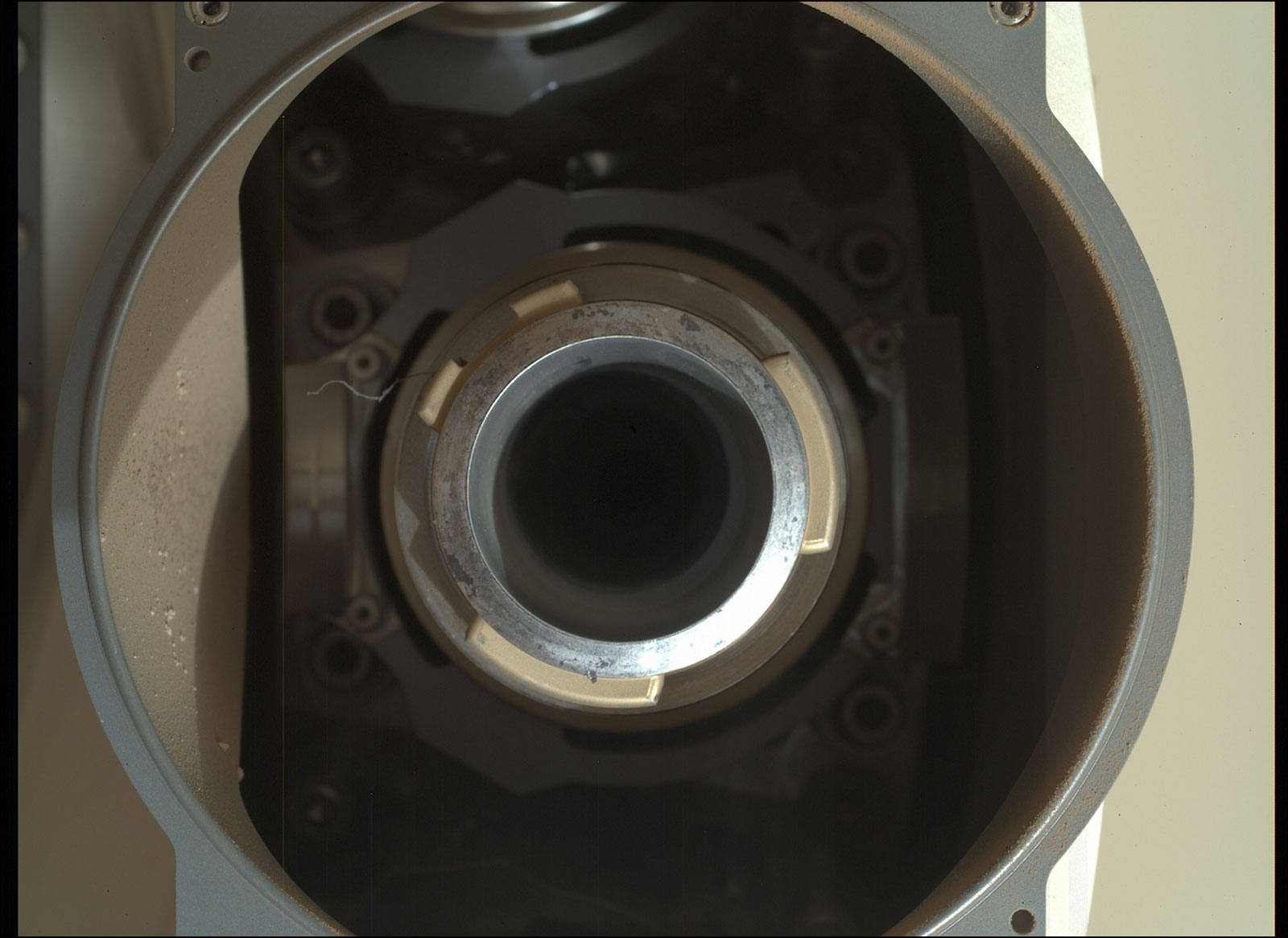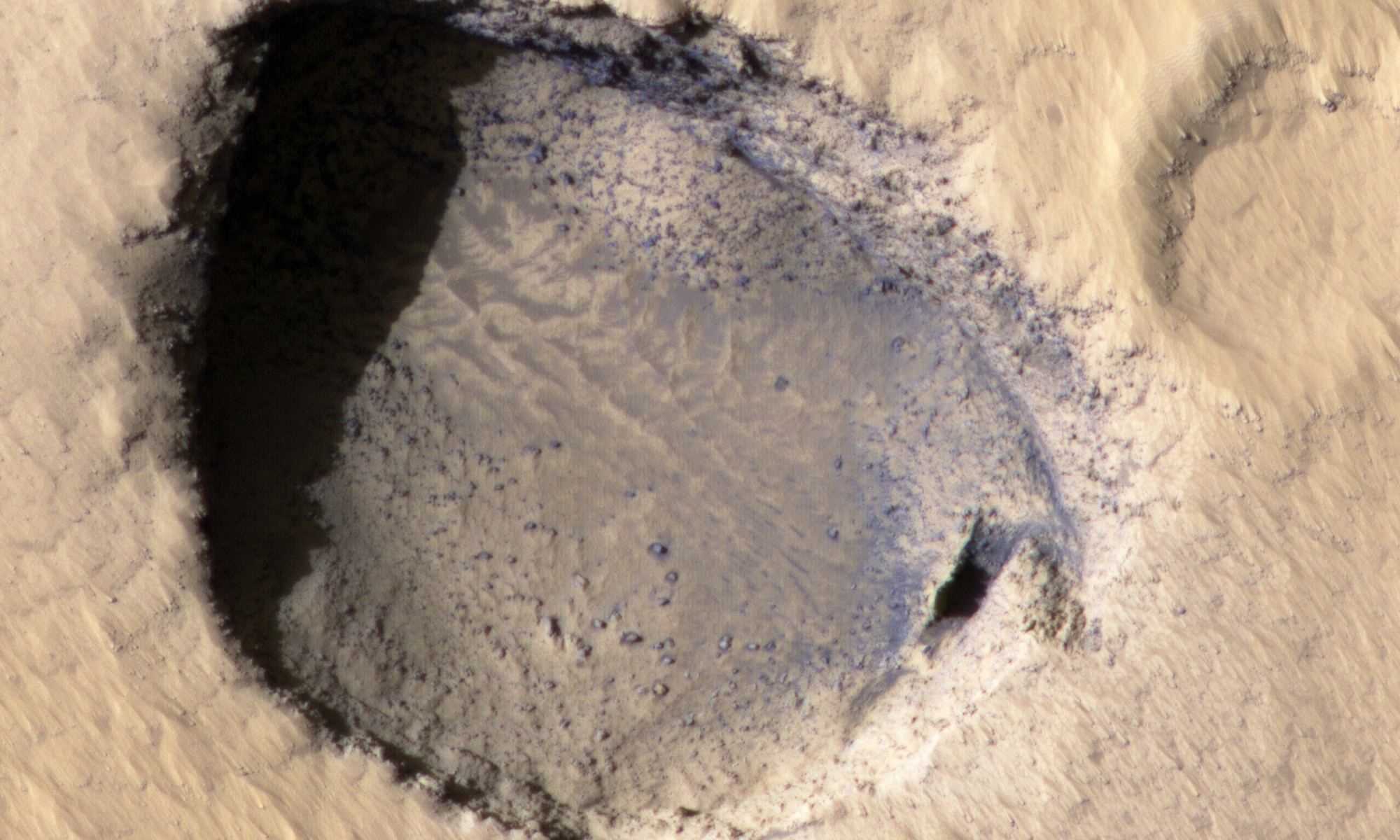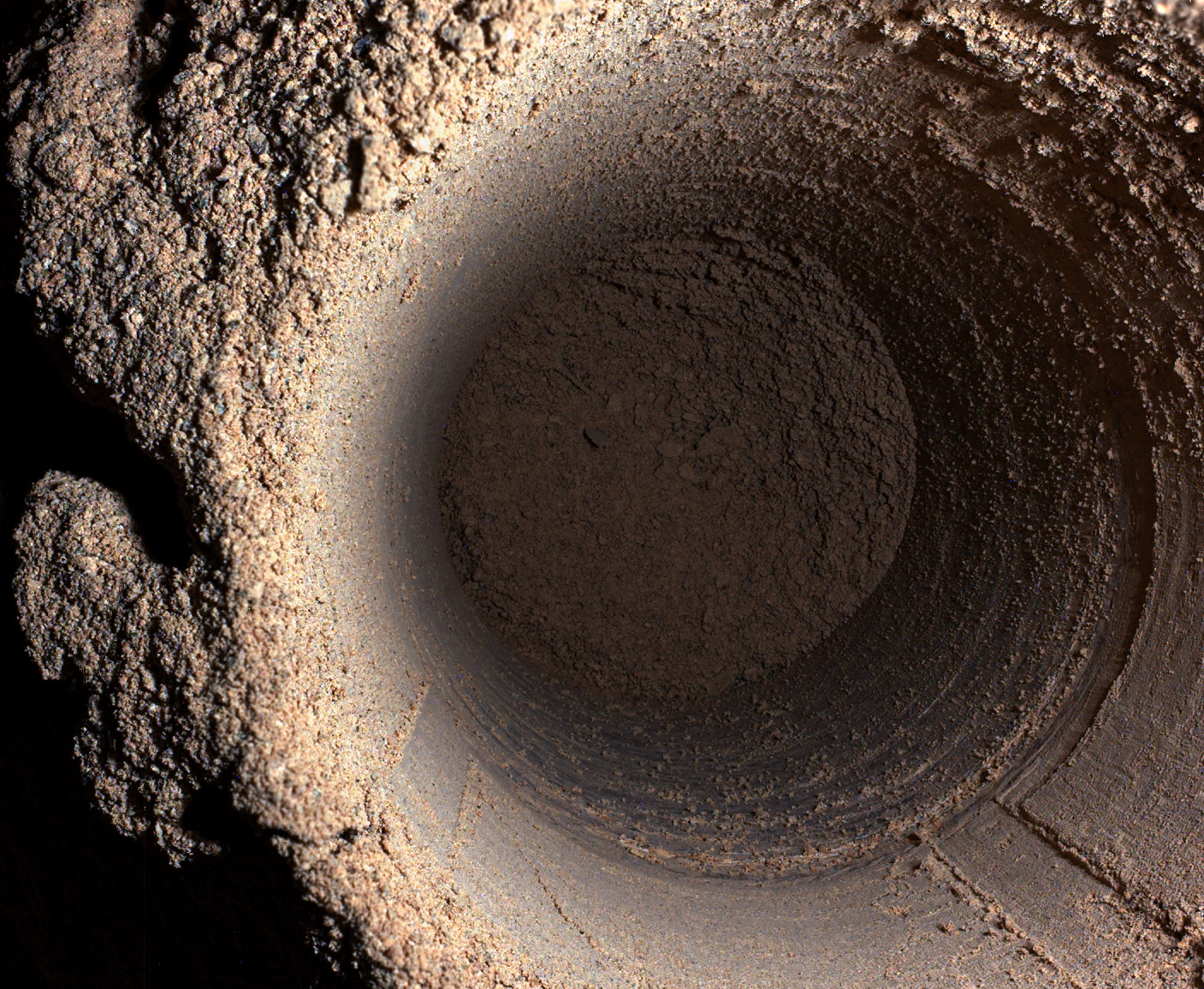After each use of one of the tools at the end of the Perseverance rover’s arm, the mission’s engineering team always takes images of the tool to make sure everything is still in working order.
Last week the rover’s drill was used to take a core sample from a rock – the 12th such sample that has now been stored and sealed for possible future retrieval in a proposed sample return mission. The team then took images of the drill and sample collection system components. In those images, two small pieces of debris were visible: a small object on the coring bit (which is stored in the bit carousel) and a small hair-like object on the drill chuck.
Continue reading “Perseverance has Found a ‘Cat Hair’ in its Drill Chuck. What is it?”









